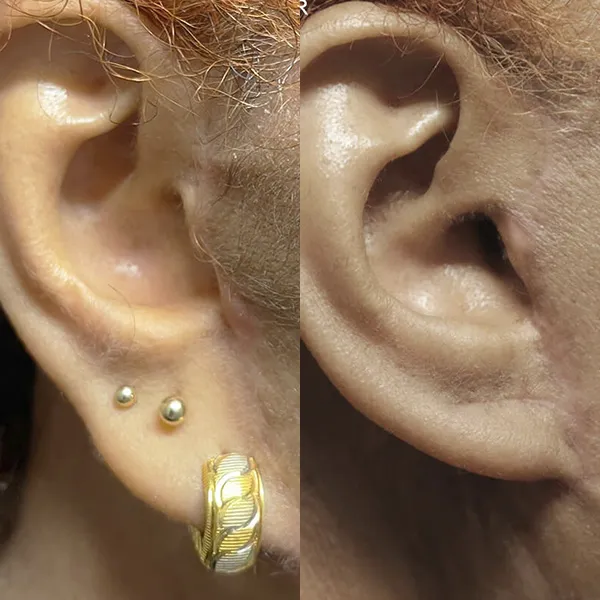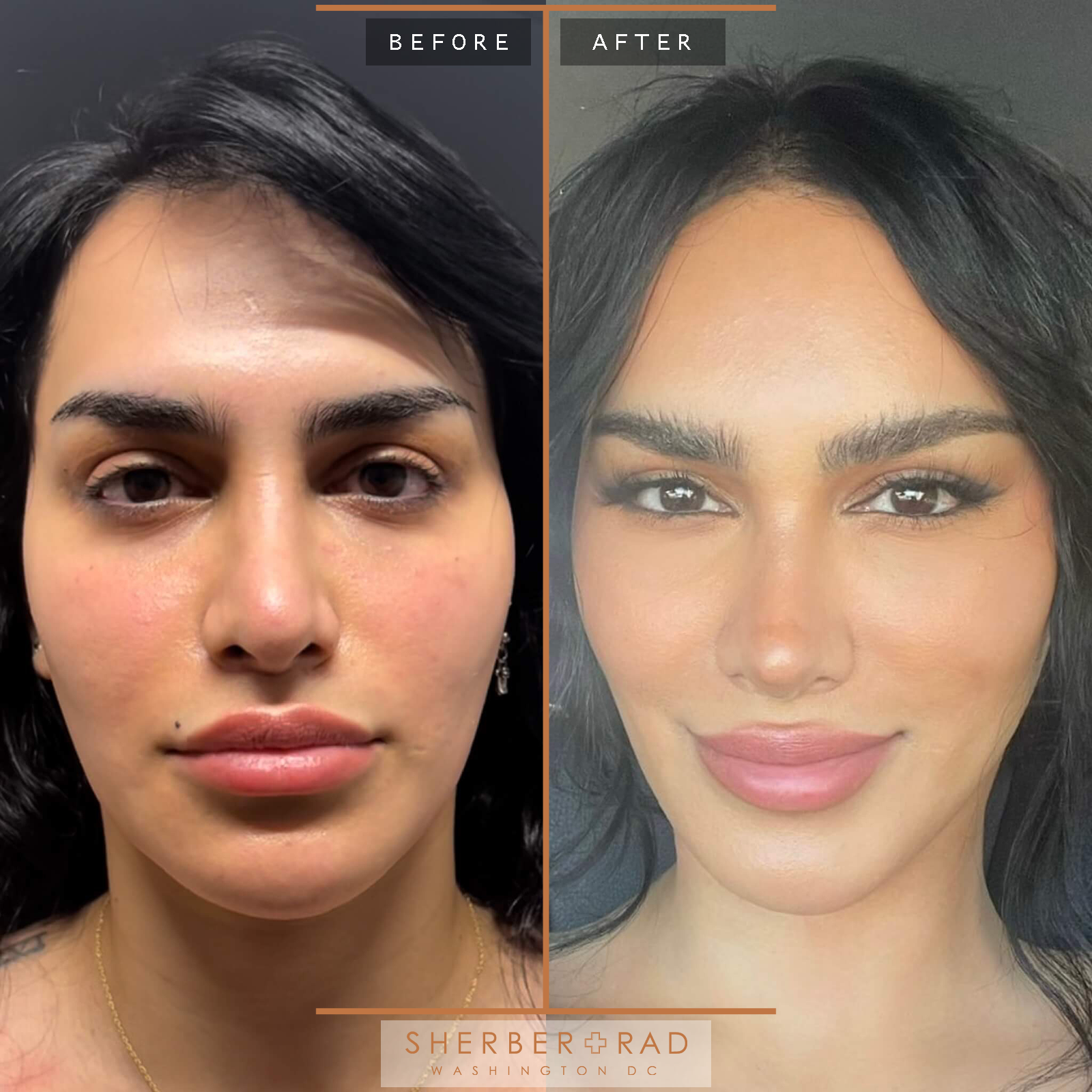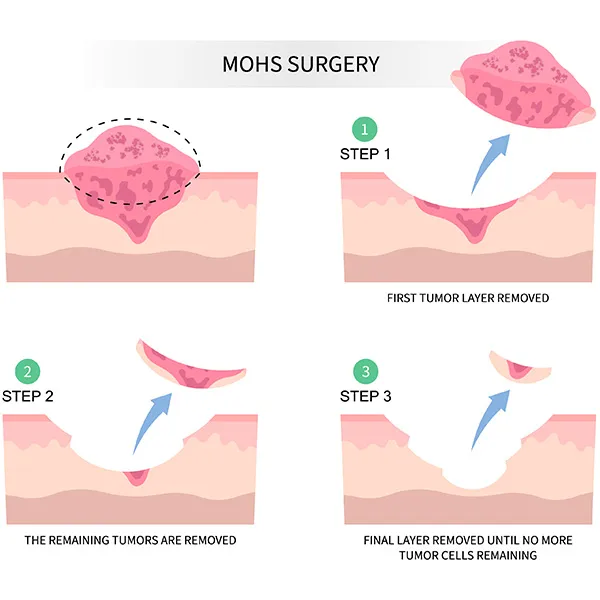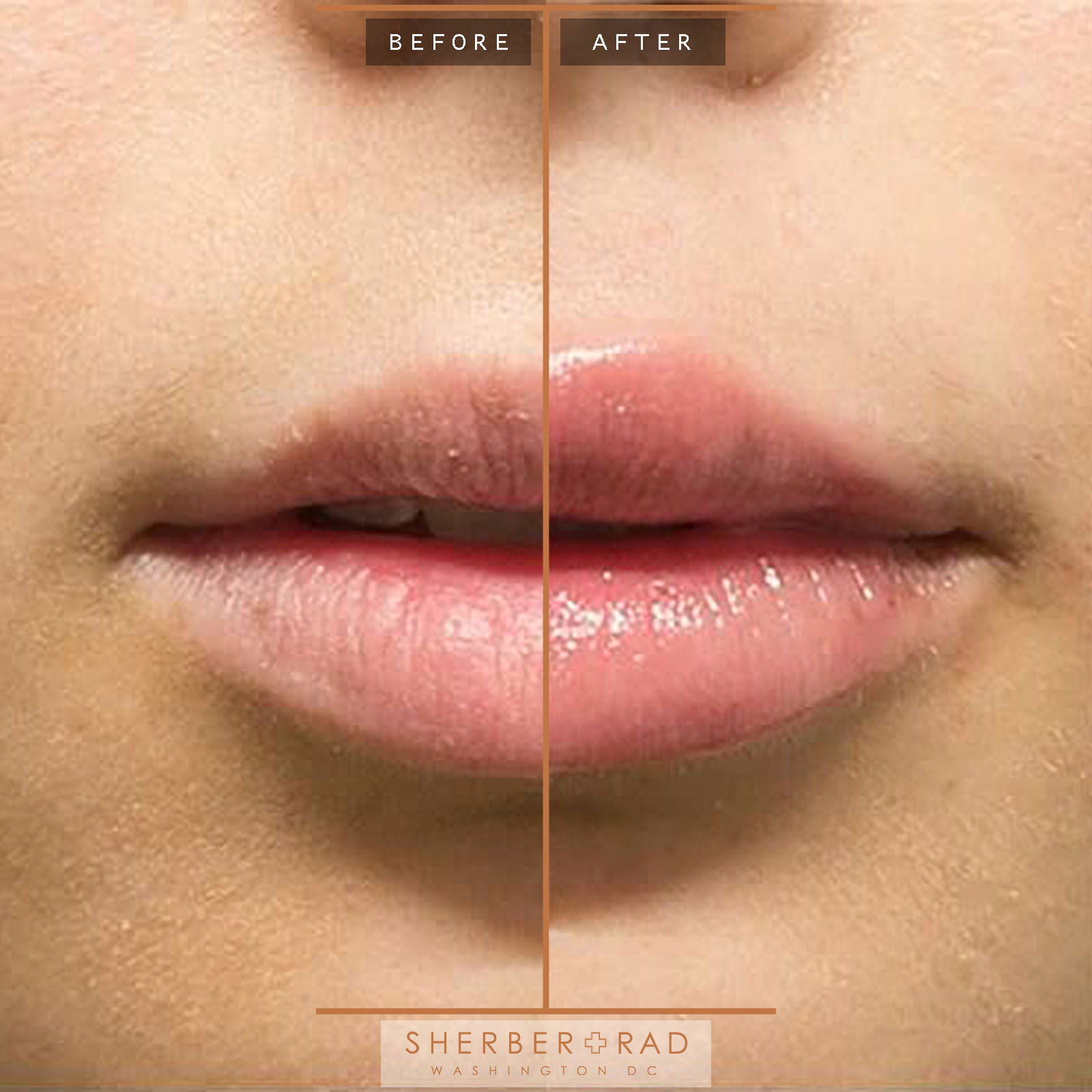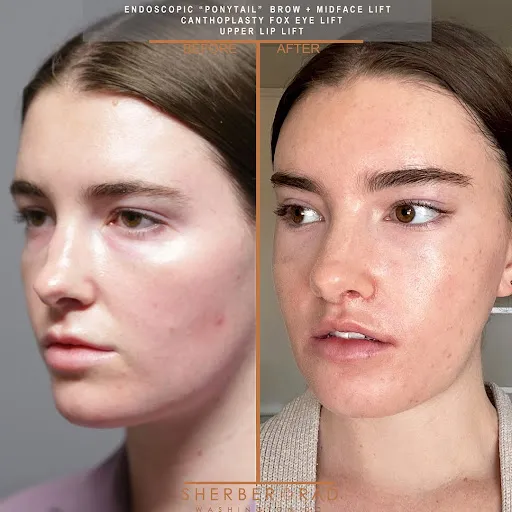Otoplasty
If you feel that the size, shape or asymmetry of your ears do not complement your face then you may consider surgical ear shaping, also called otoplasty. Dr. Rad has unparalleled training, experience and artistry in facial aesthetic surgery generally, and otoplasty in particular, to achieve harmonious, natural results.
What Is Otoplasty?
Otoplasty is a surgical procedure that corrects the shape, position, or proportion of the ears. It is often referred to as ear surgery or ear pinning. This surgery can address a variety of cosmetic concerns, such as prominent or protruding ears, earlobes that are too large or long, or misshapen or asymmetrical ears and can be performed on both adults and children over the age of five.
As a safe and effective way to improve the appearance of the ears and boost self-confidence, Otoplasty can improve overall facial balance and harmony when the ears are brought into proportion with other features.
“Safety, artistry and compassion…my guiding principles.”
- Ariel N Rad, MD, PhD, FACS
01Artistry
Finding the best surgeon for otoplasty is important when deciding to go through with surgery. All surgeons have a different degree of aesthetic sense, some more than others. Dr. Rad’s eye is trained to evaluate a face both holistically and at the smallest details, looking for asymmetries and optimal contours. Dr. Rad is board-certified by the American Board of Plastic Surgery or the American Board of Facial Plastic and Reconstructive Surgery. This ensures that Dr. Rad has completed rigorous training and meets the highest standards of education and expertise in their field. He is extremely experienced and has extensive experience performing otoplasty with a wide repertoire of different surgical techniques when performing otoplasty procedures. Dr. Rad’s reputation with organizations such as the American Society of Plastic Surgeons or the American Academy of Facial Plastic and Reconstructive Surgery provides a sense of Dr. Rad’s overall quality of care and patient satisfaction. Overall, Dr. Rad prioritizes the comfort of his patients and takes the time to listen to your concerns and answer your questions. After consulting with Dr. Rad and assessing the best surgical plan, you should feel confident in his ability to understand your goals and work with you to achieve them.
02Safety
Experience and environment are crucial when it comes to safety. Not only has Dr. Rad performed many otoplasty surgeries, but he also places safety as the utmost priority when planning and executing surgeries.
Otoplasty, also known as ear surgery or ear pinning, is typically performed as an outpatient procedure under local anesthesia. The exact surgical technique used will depend on the specific concerns of the patient and the desired outcome.
03Technique
04recovery
05Aftercare
06longevity
frequently askedQuestions
How do I know if I’m a good candidate for an otoplasty surgery?
Otoplasty is ideally performed on fully developed ears, but it can also be safely and effectively performed on patients ages 5 years or younger if necessary.
The best candidates for cosmetic ear surgery are clients who are in good overall health and do not have any underlying medical conditions that might affect the healing process. Patients should be non-smokers to reduce the chance of complications. Smokers will need to quit several weeks before the date of their procedure.
Good candidates for otoplasty, or ear surgery, are individuals who have concerns about the size, shape, or position of their ears and have realistic expectations about the outcome of the procedure. Some specific factors that may make some a good candidate for otoplasty include:
- Protruding ears: individuals who have ears that stick out too far from the head may be good candidates for otoplasty. This can be a source of self-consciousness and may make it difficult to wear certain hairstyles.
- Asymmetrical ears: If one ear is significantly larger or shaped differently than the other, otoplasty may be able to help create a more balanced appearance.
- Large ears: Otoplasty can be used to increase or decrease the size of the ears to create a more proportionate appearance.
- Earlobe repair: Individuals who have stretch or torn earlobes from heavy earring or other trauma may be candidates for otoplasty to repair the damage.
- Children with prominent ears: Otoplasty can be performed on children as young as five or six years old who have protruding ears that are causing emotional distress or social difficulties
It’s important for individuals considering otoplasty to be in good overall health and to have realistic expectations about the outcome of the procedure. The best way to determine whether someone is a good candidate for otoplasty is to schedule a consultation with a qualified plastic surgeon who can evaluate their concerns and recommend the most appropriate treatment plan.
Testimonials



